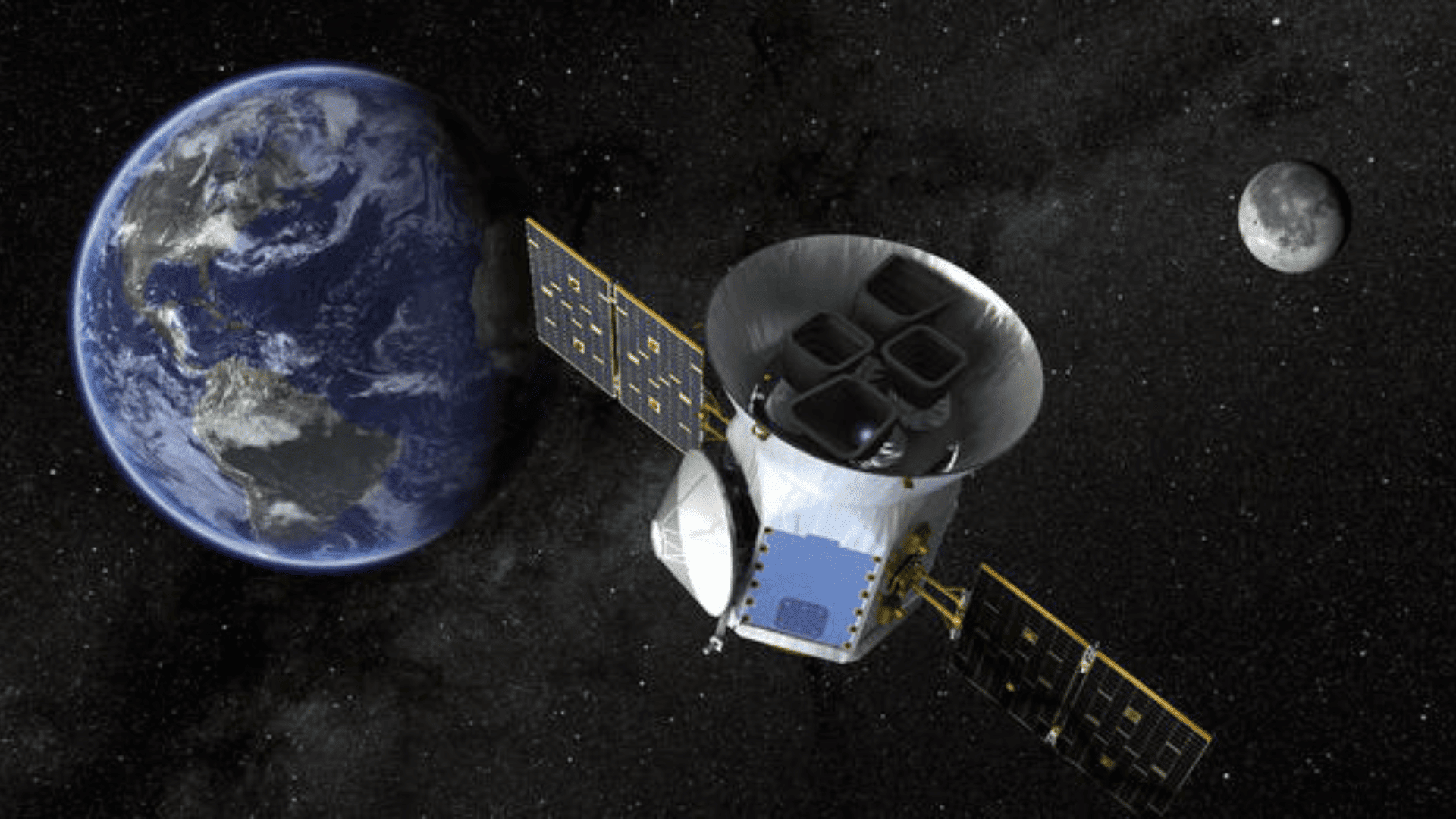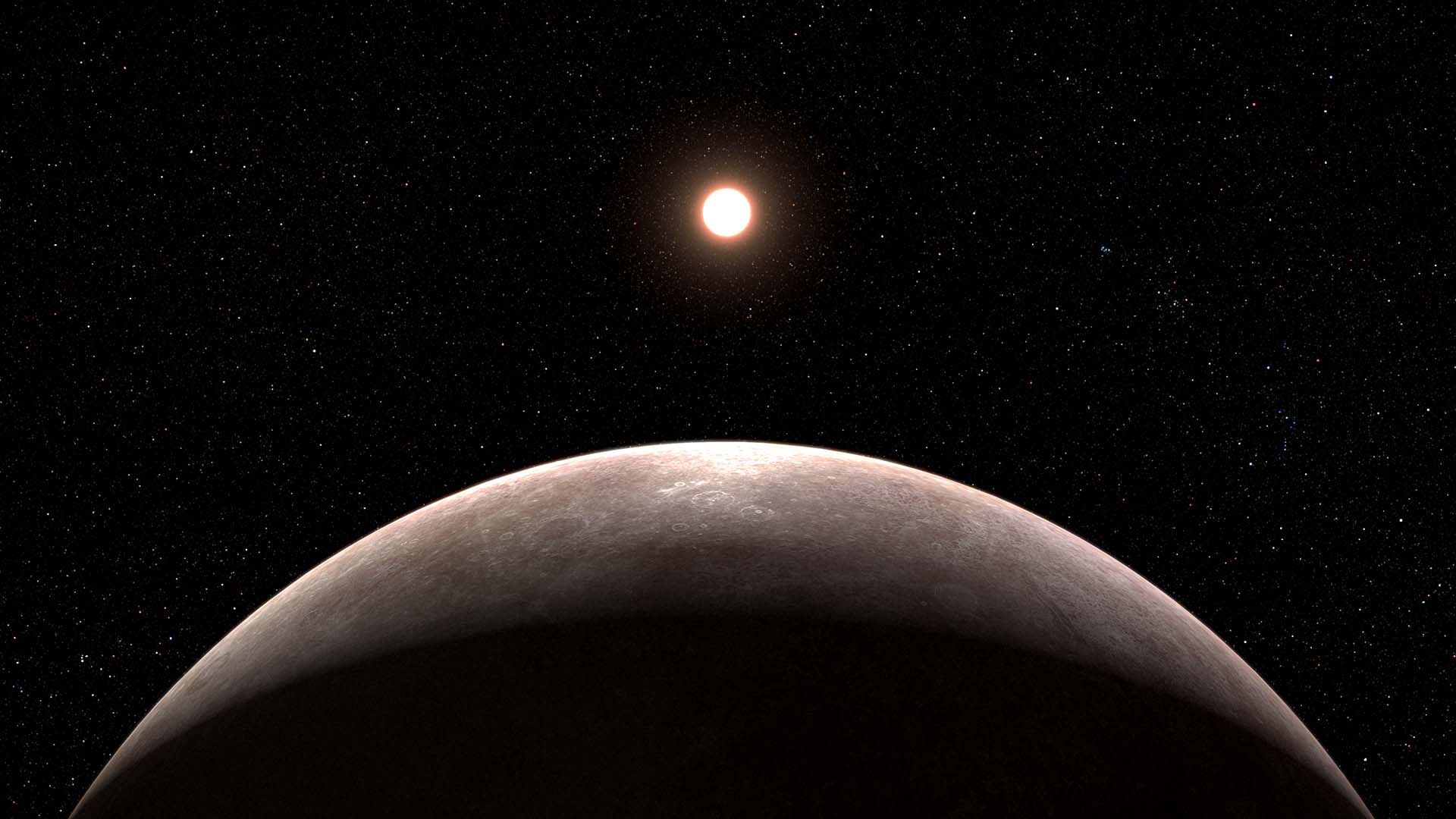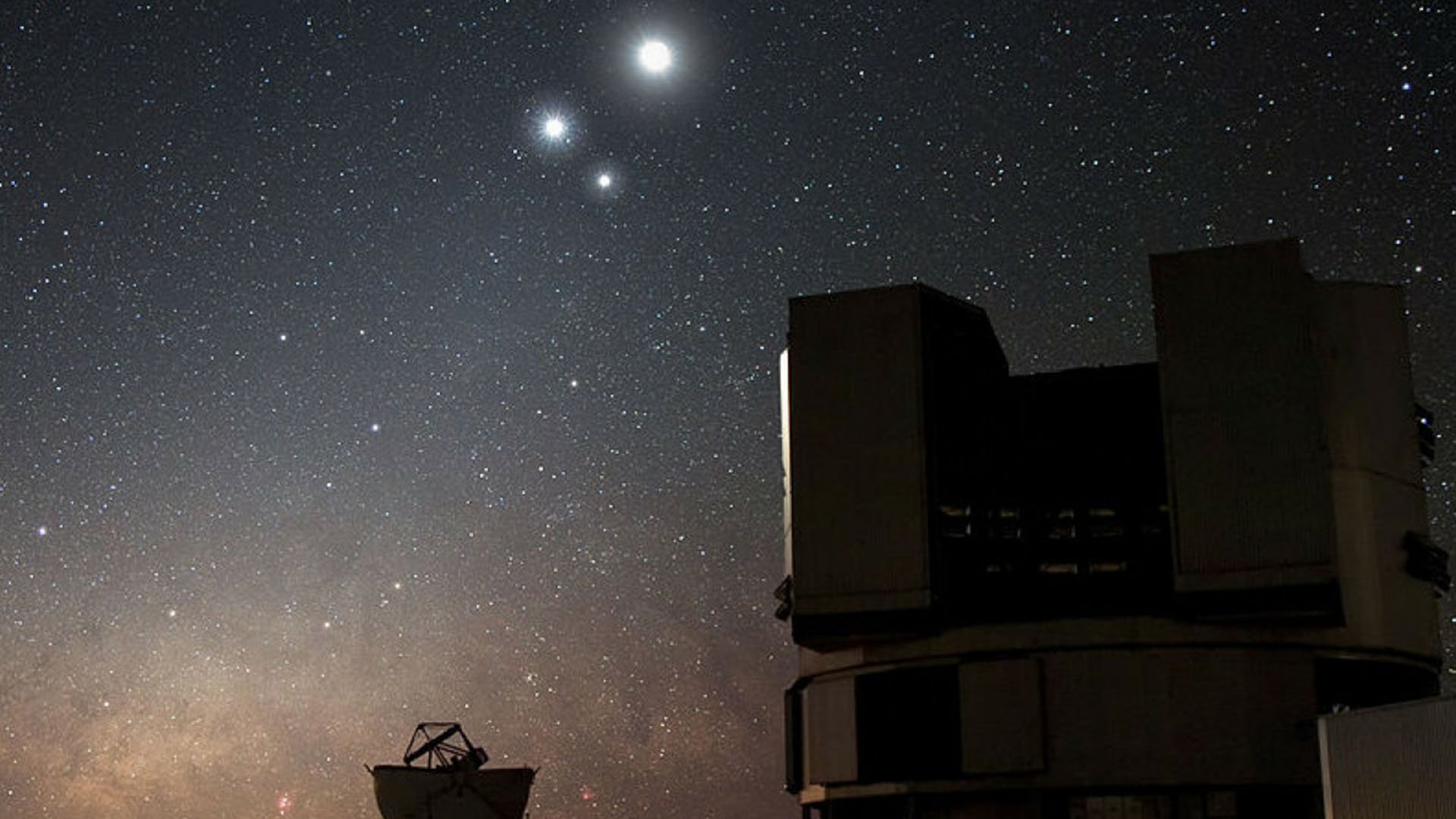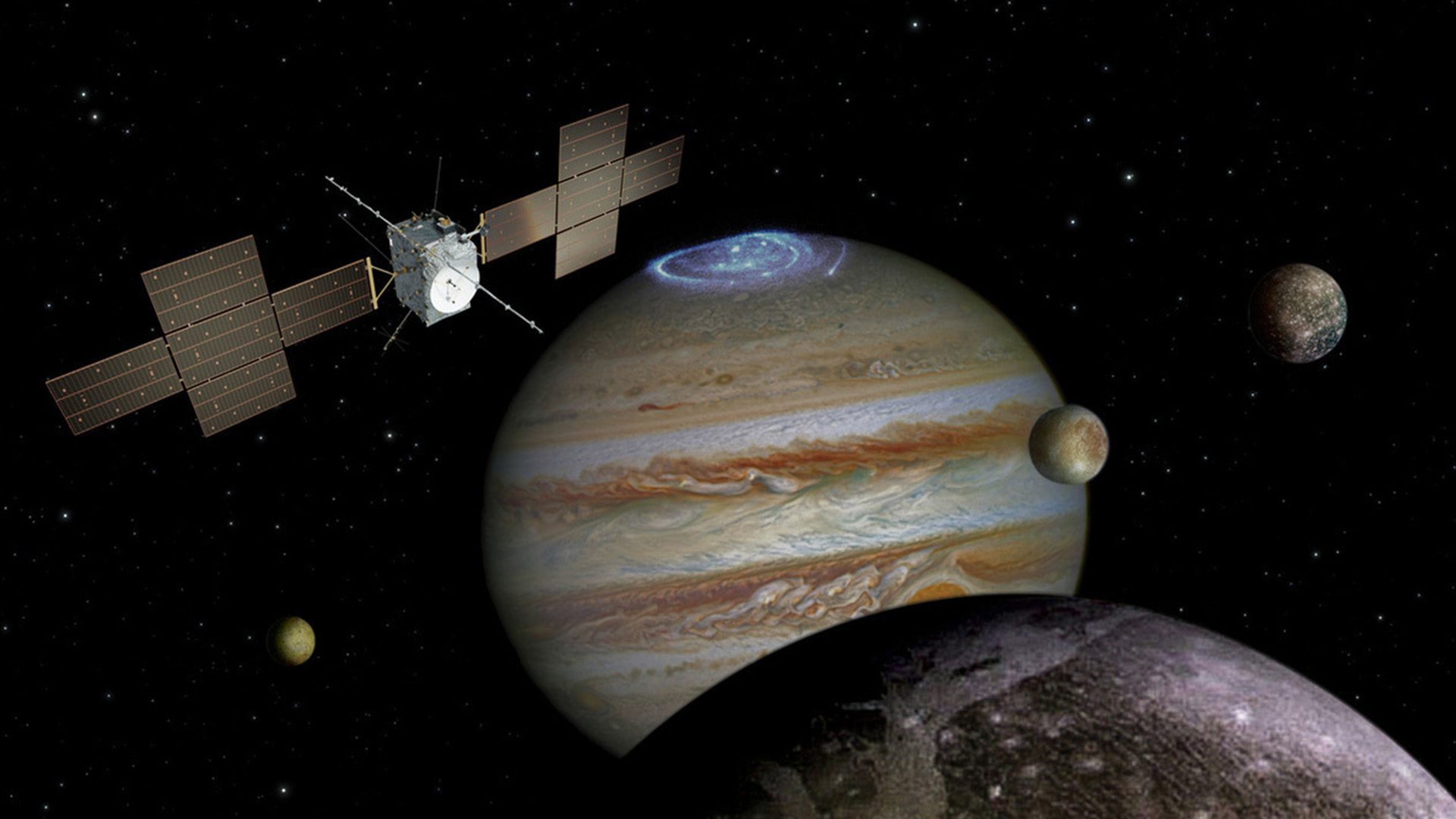Astronomers discovered a rare solar system where six planets are moving perfectly in sync.
The solar system is 100 million light-years away in the constellation Coma Berenices. A pair of satellites, NASA’s Tess and the European Space Agency’s Cheops, worked together to discover the solar system.

Derrick Pitts, the chief astronomer at Philadelphia’s Franklin Institute, stated that the planets are a rare example of how researchers “think solar systems are born.”
“The planets are in perfect synchronous orbit with each other … We’re looking at what a solar system may have looked like billions of years ago, even what our solar system may have looked like billions of years ago,” Pitts said.
None of the planets in perfect synchrony are within the star’s habitable zone, however, which means it is unlikely that life exists. Because the solar system is untouched, scientists may be able to use the discovery to better understand how our solar system formed.
“It’s difficult to actually look at a solar system like ours and do what I call forensic astronomy, looking back over time to imagine what the dynamic conditions were like in the early solar system … There was so much dynamic activity in our solar system in the beginning. Our solar system right now looks nothing like what it originally looked like,” Pitts said. “Look at a solar system like this one, where the planets are in this nice synchronicity, and look at a number of other planetary systems that show the same thing, and hopefully we can figure out how our solar system got to be the way it is.”
The six planets found so far are approximately two to three times the size of Earth with densities closer to the gas giants in our solar system.
Most of the planets are smaller than Neptune and their orbits range from nine to fifty-four days. They’re also closer to their star than Venus is to the sun, which makes them extremely hot.
Scientists theorize that they have solid cores made of metal, rock, or ice, enveloped by thick layers of hydrogen. Further study is needed to determine what is in their atmospheres.
The innermost planet completes three orbits for every two by its closest orbiting planet. The same pattern repeats for the orbits of the other planets in correspondence with each other.
The two outermost planets complete an orbit in 41 and 54.7 days, which results in four orbits for every three. The innermost planet, however, completes six orbits in the exact time that the outermost planet completes one.
Researchers have theorized that all solar systems, including our own, started with this sort of synchrony. It’s estimated that only 1 in 100 systems have retained it, however, and ours isn’t one of them.
Certain phenomena such as giant planets, meteor bombardments, and close encounters with neighboring stars can throw off this balance. Though astronomers know of approximately 40 to 50 in-sync solar systems, none of those previously discovered have as many planets, as bright a star, and are in such perfect sync.
The University of Bern’s Hugh Osborn, who was part of the team, was “shocked and delighted” when the orbital periods of this star system’s planets came close to what scientists predicted.
“My jaw was on the floor,” he said. “That was a really nice moment.”







